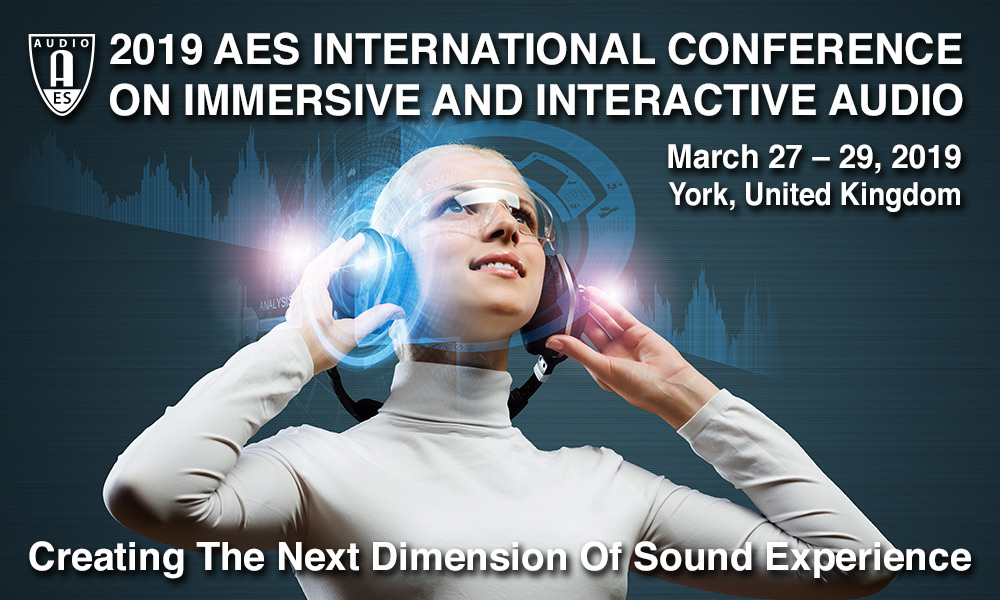| Home | Call for Contributions | Program | Registration | Venue & Facilities | Accessibility & Inclusivity | Travel | Sponsors | Committee | Twitter |

Arup have been working in collaboration with the University of York to develop novel metrics for soundscape evaluation. Traditional perceptual evaluation techniques are problematic when describing responses to real-world soundscapes due to confounds in context and between self-reported (perceived) or physiologically induced (felt) affective responses.
This workshop will give an overview of these challenges. We describe and demonstrate our method of collecting listener biophysiological responses (galvanic skin response / electrodermal activity, heart rate / heart rate variability, and inferred brain activity from electroencephalographic measurement in the 10/20 position using dry electrodes) in response to 1st order ambisonic playback of various environmental soundscape recordings.
A bespoke listening test interface was designed based on informal experiments to maximize listener immersion and to encourage focused listening. The interface also allows perceptual measurement using the ISO TS/15666:2003, a metric for self-reporting perceived annoyance in response to sounds, and self-reported sensitivity to noise, allowing for a comparative analysis of self-reported sensitivity in context of reported annoyance, and for correlations between annoyance, acoustic feature extraction, and biophysiological response to be attempted.
The workshop will include a discussion of experimental considerations, presentation issues, and an opportunity for participants to try the equipment. Findings from an initial experiment (n=36) conducted at the Arup SoundLab in Manchester will also be outlined, including methodological challenges and suggestions for improvement.
The workshop will be of interest to those working in immersive soundscape design, or interested in biophysiological and perceptual measurement. This work was jointly funded by an EPSRC impact accelerator award (University of York) and an award from the ‘Invest in Arup’ research and development fund provided by Arup for its employees. Beyond engineering applications in the built environment, there are implications and possible applications in other spatial and perceptual audio domains, as well as in interactive and immersive audio design.
